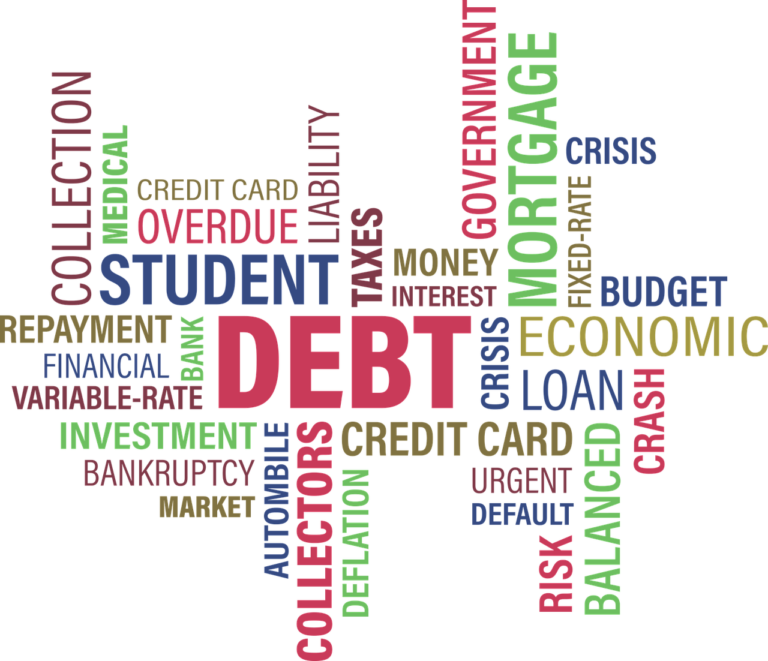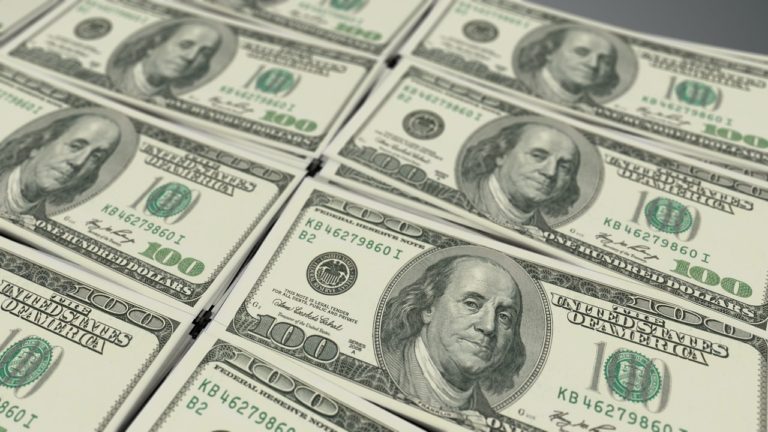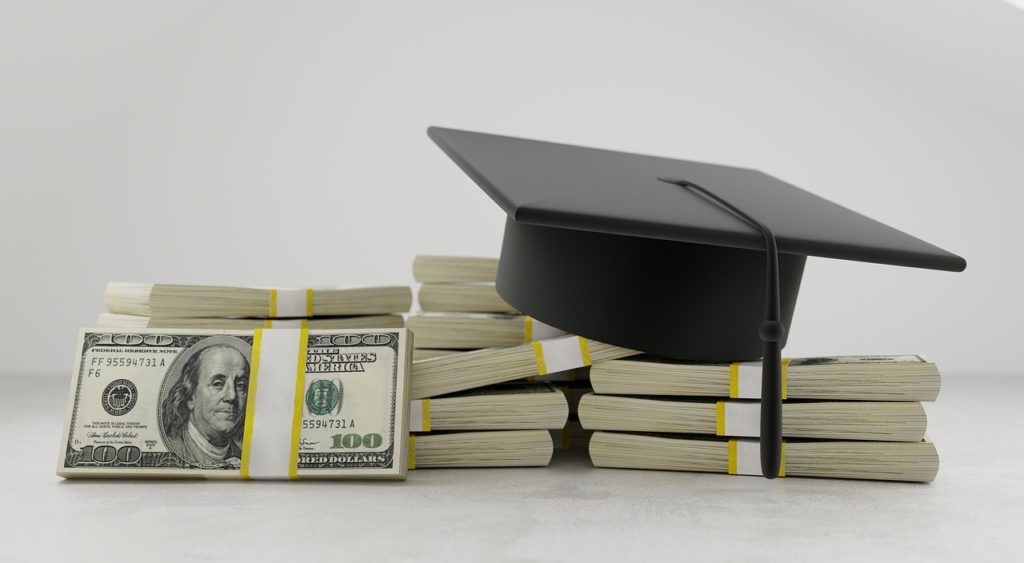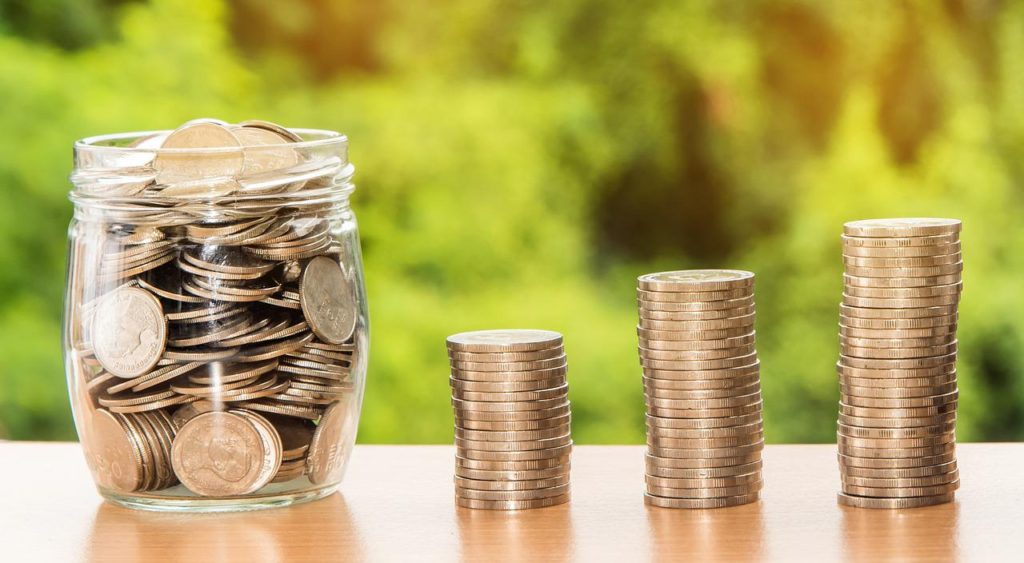On March 13, 2020, The Biden Administration implemented a Covid-related federal student loan moratorium. For many borrowers, this brought about great financial relief by postponing all student loan interest and principal payments, especially in combating the economic hardships of the COVID-19 pandemic. In addition, since his election into the White House, many have looked up to President Biden to fulfill his campaign commitments of canceling student loans for millions of Americans. While there is much debate around student loan forgiveness, the Present has announced a plan to begin forgiving student loan debt for many working and middle-class borrowers and families.
Whether or not you agree with the President’s decision is a discussion for a different day. Instead, this blog is to serve as a tool to be used by borrowers wanting to know their eligibility for the forgiveness of their debt and any possible tax consequences they may encounter.
On August 25, 2022, President Biden announced his Student Loan Debt-Relief Plan. The Biden Administration hopes to assist working and middle-class federal student loan borrowers as they transition back to making regular payments. Summarized below is what we currently know about the plan from the information administered to the public:
Part 1. Extension of The Student Loan Repayment Pause
To ensure that borrowers easily transition to the repayment of student loans without defaulting, the Biden-Harris Administration has extended the moratorium through December 31, 2022, making it the final pause.
This extension will go into effect automatically for ALL borrowers. Thus, no action will need to be taken by any borrower to receive the extension.

Part 2. Provide Debt Relief To Low-And Middle-Income Families
The U.S. Department of Education will provide debt cancellations as follows:
- Up to $10,000 – to non-Pell Grant recipients with individual income less than $125,000 or household income less than $250,000
- Up to $20,000 – to Pell Grant recipients with individual income less than $125,000 or household income less than $250,000
Example: If you are a Pell Grant recipient with a standing balance of $18,000 in federal student loans and make less than $125,000, you qualify to receive up to $20,000 in forgiveness. As a result, your $18,000 standing loan balance will meet the requirements for forgiveness. However, the $2,000 additional forgiveness ($20,000 – $18,000) will not be issued to you as a refund. You will not receive a refund of the difference because your relief is “capped” at the amount of your outstanding debt. Borrowers who are unsure whether they received a Pell Grant can go to StudentAid.gov and review their aid summary.
Who Will Receive Automatic Loan Forgiveness?
The U.S. Department of Education will begin forgiving borrowers’ loans for whom they have current income data. Accordingly, nearly 8 million borrowers may be eligible for student loan relief. The U.S. Department of Education could have gathered income data from either the yearly filing of tax returns or by submission from individual borrowers.
There is no need to panic for borrowers who believe that the U.S. Department of Education may not have the most updated income information about them. The Administration will launch a simple application available by early October. Borrowers should apply by November 15, 2022, to receive student loan relief before the payment pause expires on December 31, 2022. Borrowers can expect 4-6 weeks wait before their relief goes into effect.
Part 3. Make The Student Loan System More Manageable For Current And Future Borrowers
Lastly, the Administration proposes a new income-driven repayment plan to reduce future monthly payments for lower-and middle-income borrowers. The future payments would be determined as follows:
- Cap the repayment at 5% of discretionary income monthly on undergraduate loans instead of the current 10%
- Raise the amount of income that is considered non-discretionary income
- Forgive loan balances after 10 years of payments instead of 20 years for borrowers with loan balances of $12,000 or less
- Cover the borrower’s unpaid monthly interest

When Can Borrowers Expect The Relief?
Although the U.S. Department of Education will continue processing applications for forgiveness after the payment pause expires at the end of the year, I recommend borrowers should fill out the application as soon as it becomes available.
What Does The Student Loan Forgiveness Means For Your Taxes?
Generally, the cancellation of debt is considered income, and therefore tax must be assessed. However, The American Rescue plan of 2021 made student loan forgiveness tax-free through 2025. The outcome of this plan means that borrowers/taxpayers will not be expected to owe federal taxes on the amount of debt cancellation.
State tax assessments could work a little differently. Some states automatically conform to federal law changes, while others do not. As a result, if borrowers reside in a state that does not adopt the Biden-Harris Administration federal loan relief plan, they may be subject to paying state taxes on the amount of debt cancellation.
In Closing, if you are one of the many who stand to benefit from the Biden-Harris Student Loan Forgiveness Plan, I CONGRATULATE you. I hope that this relief will propel you one step closer to achieving your goal of becoming student loans debt-free.


